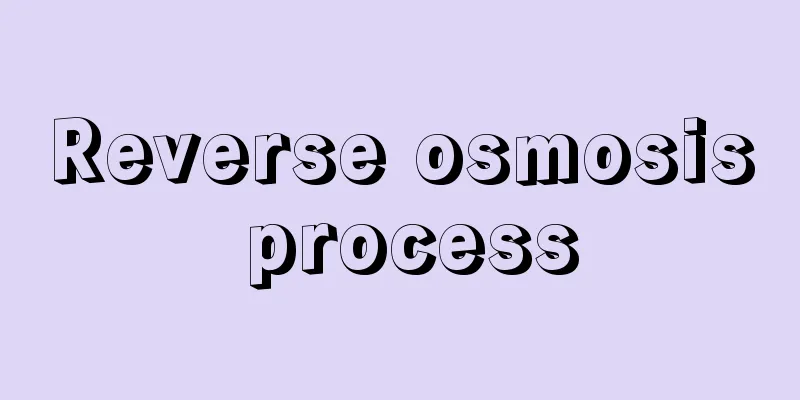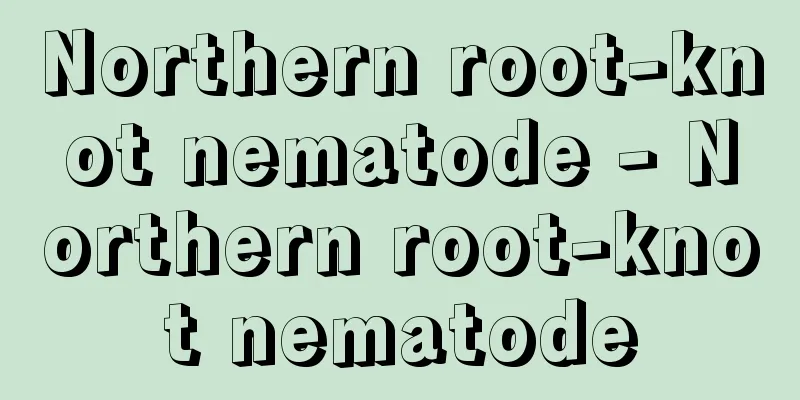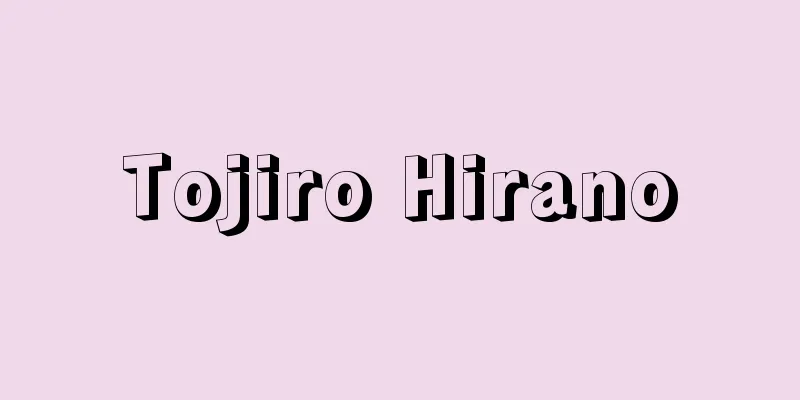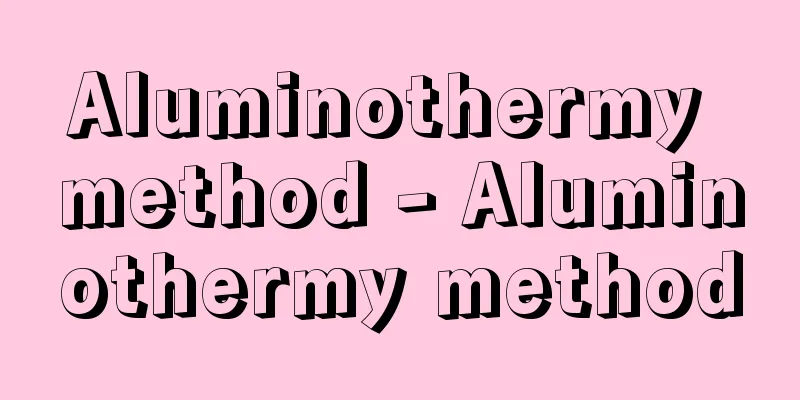Reverse osmosis process

|
When a solution and a solvent come into contact with each other across a semipermeable membrane that allows the solvent to pass through but not the solute, the solvent generally moves through the membrane into the solution. This is called osmosis, and the pressure difference that occurs between the two liquids at this time is called osmotic pressure. When pressure greater than the osmotic pressure is applied to the solution side, the solvent moves from the solution side, in the opposite manner to osmosis, leaving behind a concentrated solution. This is reverse osmosis, and the separation and concentration technique that utilizes this phenomenon is called reverse osmosis. This process is performed simply by applying mechanical pressure, and requires less energy than other separation methods that involve phase changes and therefore the transfer of heat. Since its application to seawater desalination, it has been developed as a separation technology for wastewater treatment and various chemical processes. Representative semipermeable membranes are made from acetyl cellulose and aromatic polyamide. The shape and structure of the membrane are carefully designed to maintain the largest possible membrane area and strength within a given volume. The main types currently in use are flat membrane, tubular, spiral, and hollow fiber types. The last three are used in large-scale practical plants. [Otake Denyu] [Reference] | | |(a) When pure water and salt water are placed on either side of a semipermeable membrane, the pure water permeates the semipermeable membrane and moves to the salt water side. (b) This creates a difference in the water level on either side of the semipermeable membrane, and when the difference in water level reaches a certain value, the movement of the pure water stops. The pressure equivalent to the difference in water level at this time is the osmotic pressure of the salt water. (c) Next, when a pressure equal to or greater than the osmotic pressure is applied to the salt water side, the water in the salt water permeates the semipermeable membrane and moves to the pure water side. In this way, water is separated from the salt water . Principles of reverse osmosis Source: Shogakukan Encyclopedia Nipponica About Encyclopedia Nipponica Information | Legend |
|
溶媒は通すが、溶質は通さない半透膜を隔てて溶液と溶媒を接すると、一般に溶媒は膜を通して溶液側に移動する。これが浸透であり、このとき両液間に生ずる圧力差が浸透圧である。溶液側に浸透圧以上の圧力をかけると、浸透とは逆に溶液側から溶媒が移動し、あとに濃厚溶液が残る。これが逆浸透であって、この現象を利用した分離、濃縮技術を逆浸透法とよんでいる。 この操作は単に機械的圧力を加えるのみでおこり、相の変化、したがって熱の出入りを伴う他の分離法に比べて所要エネルギーが少ない。海水の淡水化に適用されて以来、廃水の処理や種々の化学プロセスの分離技術として開発が進められている。 半透膜としては、アセチルセルロースと芳香族系ポリアミドを用いたものが代表的である。一定の容積中にできるだけ大きな膜面積と強度を保つよう、膜の形状や構造にくふうがこらされている。現状のおもな型式は、平膜型、管状型、スパイラル型、中空繊維型である。大型実用プラントには、あとの三者が用いられている。 [大竹伝雄] [参照項目] | | |(a)半透膜を境界として、両側に純水と塩水を入れると、純水は半透膜を透過して塩水側に移動する。(b)そのため半透膜の両側の水面の高さに差ができ、水面の差がある値になると純水の移動は止まる。このときの水面の差に相当する圧力がその塩水の浸透圧である。(c)次に、塩水側に浸透圧以上の圧力 を加えると、塩水中の水は逆に半透膜を透過して純水側に移動する。こうして塩水から水の分離が行われる©Shogakukan"> 逆浸透法の原理 出典 小学館 日本大百科全書(ニッポニカ)日本大百科全書(ニッポニカ)について 情報 | 凡例 |
Recommend
International Covenants on Human Rights
An international treaty that stipulates the inter...
Śrī Nārāyaṇa Guru
1854‐1928 A modern Indian religious and social ref...
The theory of Laozi becoming a shy person
In China, this is a fictitious theory that Buddhis...
Ayukawa [Hot Spring] - Ayukawa
...The Hikigawa area is home to the Hyakkenyama V...
Flower inlay
Flower hairpin. Tang Dynasty Bai Juyi [Song of Eve...
Government financial institutions
A financial institution fully funded by the gover...
Oceanography - Kaikyogaku
...However, many people use the terms interchange...
Fluorescein
9-(2-carboxyphenyl)-6-hydroxy-3 H -xanthen-3-one....
《Red Hair Talk》 - Orandabanashi
...The Dutch word elektriciteit was corrupted to ...
Coast Guard - English spelling: coast guard
A maritime force that enforces maritime law along ...
Kojima Bay
A bay in the eastern part of the Kojima Peninsula ...
advanced composite material
…In recent years, lighter and stronger materials ...
Mapping
A mapping is a way of transferring or correspondi...
Technische Schule (English)
… The establishment and success of the Ecole Poly...
Gomojigi (literal meaning of words)
This is the main work of Ito Jinsai, a Confucian ...









